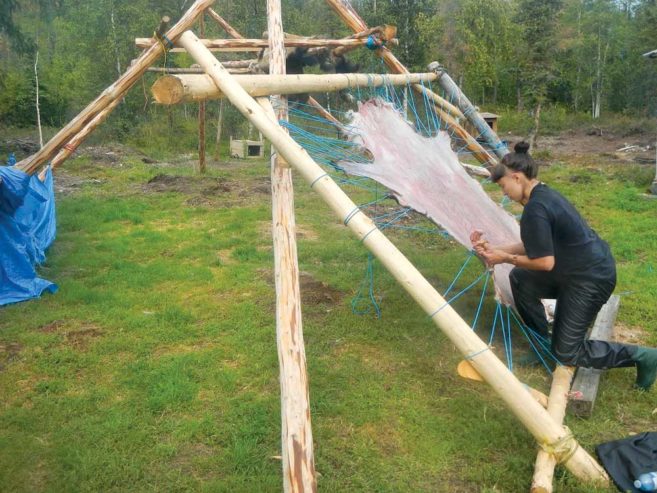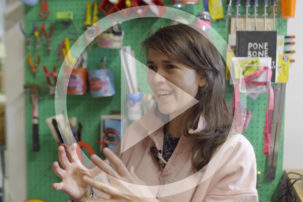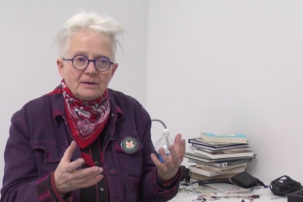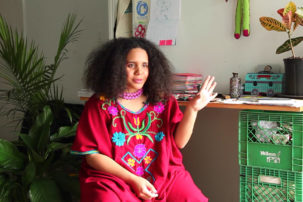Sameer Farooq has been fabricating museums for the past 15 years. His installation, photography and documentary have questioned hegemonic narratives in collections and museums by pointing to the persistent absences in them and building propositional museums to resist those narratives. Farooq was originally trained as a cultural anthropologist, so when he became a visual artist, ideas about the relationship between collections and everyday life—or seeming lack thereof—informed his practice. In this interview, Farooq used the word “counter” more than any other word to describe the institutional critique objectives of his work: it counters institutional absence; it counters the institutional forces that reduce and sanitize complex histories and lived experiences; it counters the institution’s smooth glossy surfaces; it counters biased value systems in collecting; it counters what institutions dictate citizens to think of their past and their present. The museums he fabricates, then, aspire to be more representative and representational than the ones that we might still exalt even though they don’t reflect us.
He first started making museums of found objects with his collaborator Mirjam Linschooten. The third Museum of Found Objects, for example, responded to protesters breaking into the Egyptian Museum in Cairo and looting 54 objects during the 2011 revolution that toppled Mubarak. Instead of lamenting the irreplaceable Pharaohnic objects that were stolen, the project proposed to introduce 54 crowd-sourced objects to replace them. Farooq saw the third Museum of Found Objects as an opportunity to insert the everyday into the museum—ultimately to assert the public’s agency in museological narratives—so the project invited people from the artists’ neighbourhood in Giza, 15 minutes away from Tahrir Square, to submit their personal effects. One of their curatorial criteria was that they couldn’t reject any submissions, so when Farooq and Linschooten faced an outpouring of laptops and cell phones (along with perishable foods and some live animals), they included everything. These kinds of objects that would never make into a museum were the most telling of people’s lives in that moment.
Addressing these gaps in museums naturally directed Farooq to examine the practices of the museum professionals who bring to the fore what we see on display. While doing research with a conservator at the Aga Khan Museum in Toronto, he came across shelves of excess storage material—arcs and blocks of foam, sausage and bag weights, bubble wrap. For a year he worked in a ceramic studio to mimic these forms used to cradle artifacts for shipping, storage, or examination during repair. He made several hundred forms for the work that came to be Pouf, Sausage, Weight, Arc, which was part of the museum’s recent exhibition “HERE: Locating Contemporary Canadian Artists.” He mimicked the sausage and bag weights by casting porcelain slip into moulds, and he alluded to the poufs by draping paper-thin paper clay over scrunched-up tissue paper within half a minute. While the forms encourage you to imagine what lies in the negative space of the objects you see in museums when they aren’t on display, more importantly, for Farooq, they ought to implore you to think about the absences and omissions in collections, and how your own life could fit into them.
In this studio video, Farooq discussed how the urgency that drives his practice pushes beyond nominal institutional critique.








